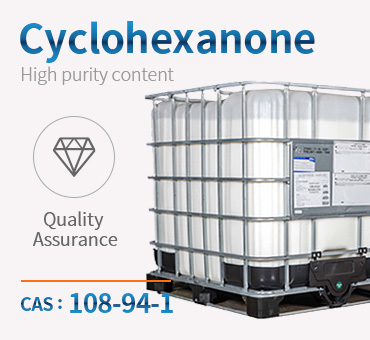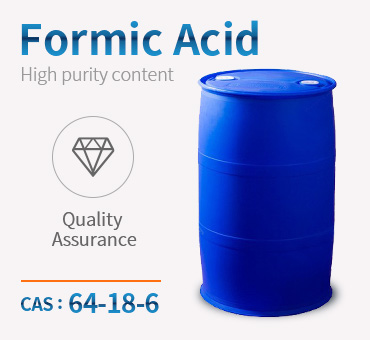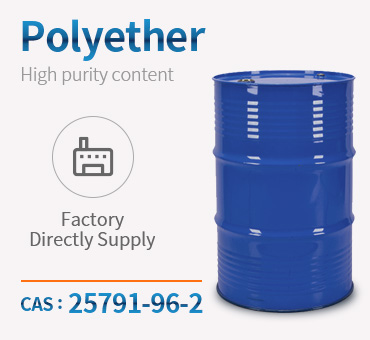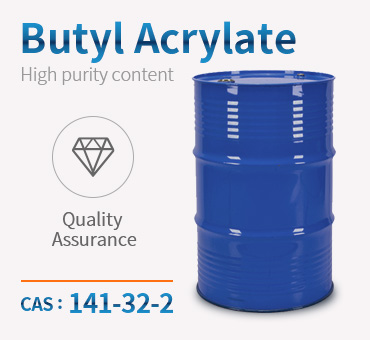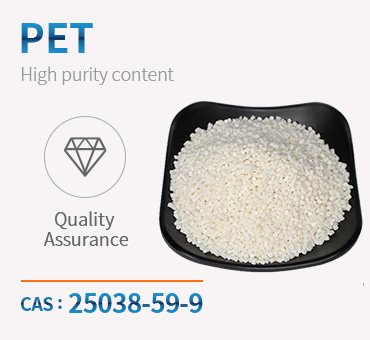China Cas 67-63-0 Acrylonitrile (AN) CAS 107-13-1 Factory Direct Supply – Chemwin Detail:
Product Name: Acrylonitrile
Molecular format: C3H3N
CAS No.: 107-13-1
Product molecular structure:

Specification:
|
Item |
Unit |
Value |
|
Purity |
% |
99.9 min |
|
Color |
Pt/Co |
5max |
|
Acid value (as acetate acid) |
Ppm |
20max |
|
Appearance |
- |
Transparent liquid without suspended solids |
Chemical Properties:
Acrylonitrile is a colourless, flammable liquid. Its vapours may explode when exposed to an open flame. Acrylonitrile does not occur naturally. It is produced in very large amounts by several chemical industries in the United States, and its requirement and demand are increasing in recent years. Acrylonitrile is a heavily produced, unsaturated nitrile. It is used to make other chemicals such as plastics, synthetic rubber, and acrylic fibres. It has been used as a pesticide fumigant in the past; however, all pesticide uses have been discontinued. This compound is a major chemical intermediate used in creating products such as pharmaceuticals, antioxidants, and dyes, as well as in organic synthesis. The largest users of acrylonitrile are chemical industries that make acrylic and modacrylic fibres and high-impact ABS plastics. Acrylonitrile is also used in business machines, luggage, construction material, and manufacturing of styrene-acrylonitrile (SAN) plastics for automotive, household goods, and packaging material. Adiponitrile is used to make nylon, dyes, drugs, and pesticides.
Application:
Acrylonitrile is used in the production of acrylic fibers, resins, and surface coating; as an intermediate in the production of pharmaceuticals and dyes; as a polymer modifier; and as a fumigant. It may occur in fire-effluent gases because of pyrolyses of polyacrylonitrile materials. Acrylonitrile was found to be released from the acrylonitrile–styrene copolymer and acrylonitrile–styrene–butadiene copolymer bottles when these bottles were filled with food-simulating solvents such as water, 4% acetic acid, 20% ethanol, and heptane and stored for 10 days to 5 months (Nakazawa et al. 1984). The release was greater with increasing temperature and was attributable to the residual acrylonitrile monomer in the polymeric materials.
Acrylonitrile is a raw material used for synthesis of many synthetic fibers such as Dralon and acrylic fibers. It is also used as an insecticide.
Manufacture of acrylic fibers. In the plastics, surface coatings, and adhesives industries. As a chemical intermediate in the synthesis of antioxidants, pharmaceuticals, dyes, surface-active agents, etc. In organic synthesis to introduce a cyanoethyl group. As a modifier for natural polymers. As a pesticide fumigant for stored grain. Experimentally to induce adrenal hemorrhagic necrosis in rats.
Product detail pictures:
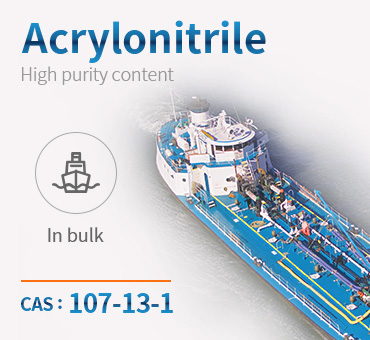
Related Product Guide:
The business keeps to the operation concept scientific management, premium quality and efficiency primacy, customer supreme for China Cas 67-63-0 Acrylonitrile (AN) CAS 107-13-1 Factory Direct Supply – Chemwin , The product will supply to all over the world, such as: Melbourne, Vancouver, Denver, We adhere to client 1st, top quality 1st, continuous improvement, mutual advantage and win-win principles. When cooperation together with the customer, we provide shoppers with the highest high-quality of service. Established good business relations using the Zimbabwe buyer inside the business, we've got established own brand and reputation. At the identical time, wholeheartedly welcome new and old prospects to our company to go to and negotiate small business.
We have been cooperated with this company for many years, the company always ensure timely delivery ,good quality and correct number, we are good partners.
Products categories
-

Phone
-

E-mail
-

Whatsapp
-

Top


